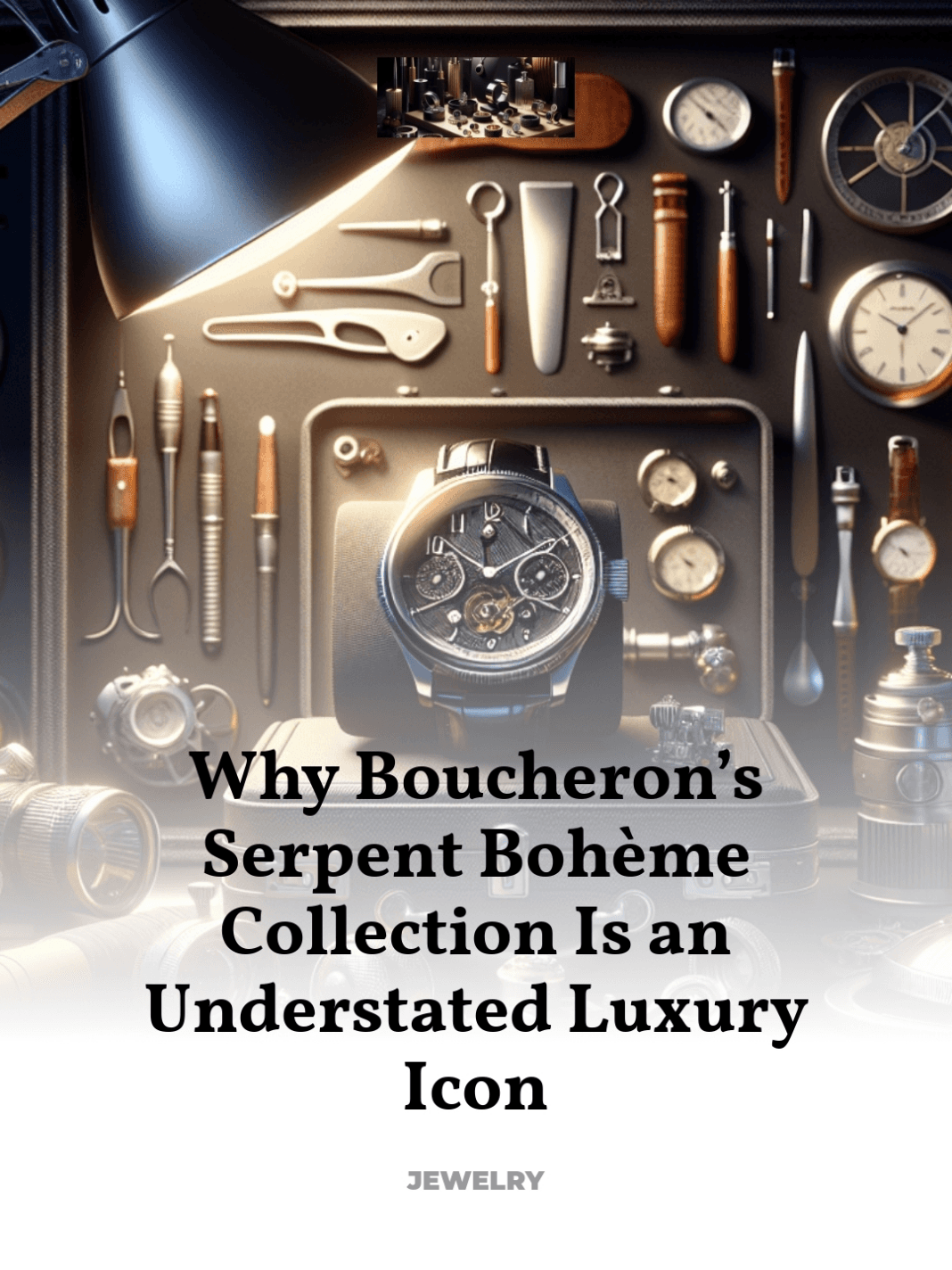How a simple motif became a timeless jewelry staple
In the world of luxury jewelry, few motifs capture the imagination quite like the serpent. Boucheron’s Serpent Bohème is a study in understated elegance, heritage, and meticulous craftsmanship.
The Origins of Boucheron: A Legacy of Innovation
Founded in 1858 by Frédéric Boucheron, the House of Boucheron quickly became synonymous with daring design and exceptional workmanship. The brand’s boutique in the Palais-Royal placed it at the heart of Parisian luxury, while early adoption of new materials—like platinum—enabled intricate, forward-thinking creations.
In 1888 Frédéric fashioned the first serpent necklace for his wife Gabrielle. That personal commission seeded a motif that would return across decades, becoming central to Boucheron’s visual language.
- Location: Palais-Royal — a strategic stage for luxury.
- Innovation: early use of materials and techniques for finer detail.
- Clientele: royalty and high society established the house’s prestige.
The Serpent Motif: A Symbol of Timeless Elegance
The serpent carries deep symbolic weight—eternity, protection, transformation—making it a powerful and versatile motif in jewelry. Boucheron tapped this symbolism early and repeatedly, refining the motif into a language of its own.
The Serpent Bohème Collection (first seen in modern form in the 20th century) reinterprets the motif with a teardrop-shaped head and fluid lines. The result reads both classic and contemporary, suitable for singular statements or layered looks.
- Historical roots: the serpent motif traces back to Boucheron’s 19th-century pieces.
- Versatility: from bold statement pieces to delicate daily-wear items.
- Symbolism: protection, rebirth, and continuity align with Boucheron’s values.
Craftsmanship and Design: The Artistry Behind Serpent Bohème
Boucheron’s reputation rests on artisanal excellence. Serpent Bohème pieces are crafted with high-grade golds, diamonds, and colored gemstones; finishes and stone-setting are performed by master craftsmen.
The collection’s teardrop motif is frequently set with pavé diamonds or a single precious gem, balancing sparkle with restraint.
- Materials: premium gold alloys, carefully selected gems, and refined settings.
- Techniques: hand engraving, precise stone-setting, and fine polishing.
- Design process: close collaboration between designers and ateliers preserves both concept and execution.
Cultural Significance and Influence
Serpent Bohème has influenced tastes across fashion and design. Its understated symbolism appeals across cultures, while celebrity sightings have amplified its desirability.
Designers outside jewelry often cite the serpent’s fluid forms when discussing proportion and movement—evidence of the collection’s reach beyond adornment.
- Enduring appeal: a motif that resists fleeting trends.
- Celebrity endorsement: visibility via public figures boosts cultural cachet.
- Cross-disciplinary influence: fashion, interiors, and visual arts borrow from its aesthetic.
Why Collectors and Connoisseurs Adore Serpent Bohème
Collectors prize Serpent Bohème for its heritage, craft, and quiet versatility. The pieces live comfortably in both museum-worthy collections and everyday wardrobes.
- Heritage: a lineage that ties each piece to Boucheron’s history.
- Craftsmanship: technique and finish that reward close inspection.
- Versatility: designs that transition easily between casual and formal contexts.
The Enduring Appeal of Boucheron’s Serpent Bohème
Serpent Bohème endures because it marries meaning to wearability. Its simple motif carries deep symbolism and is executed with subtlety—an ideal mix for those who value thoughtful design over loud branding.
As tastes shift toward authenticity and craft, collections like Serpent Bohème stand as proof that restraint and heritage remain powerful forces in luxury jewelry.
For admirers of jewelry design, the Serpent Bohème collection is both a style reference and a reminder that a single motif—handled with skill—can become timeless.



